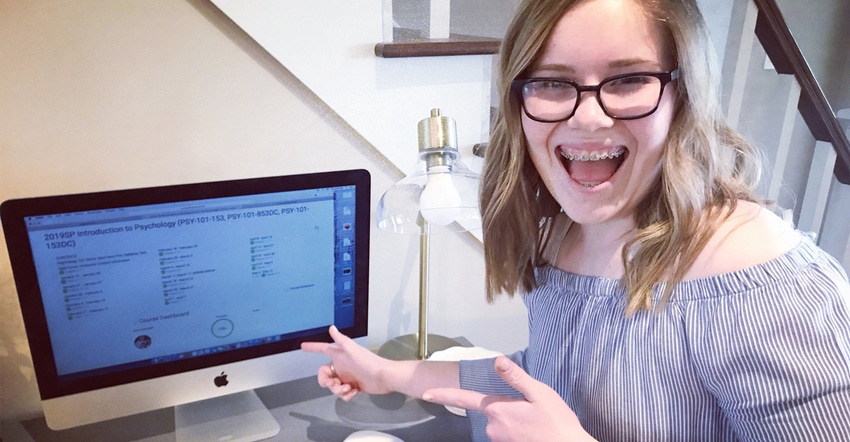May 23, 2019

The relief was palpable at our house last week: My high school sophomore finished her dual-credit course in psychology. Cue the cheers and the applause, because she worked hard and managed to rack up 13 college credit hours this year through dual-credit classes — on top of FFA, 4-H, band, piano, musicals and all the normal high school stuff.
Why? We did it not so she can graduate high school with an associate degree. We did it so she could have more challenging coursework in high school and knock out a few general education courses before college — so she’ll have more time to take courses in her major. And we did it so she could learn to study and manage her time better, before she jumps to college.
Like a lot of parents our age, many conversations with friends center on our schools. How high of a math program does your school offer? Does it offer dual credit? Why aren’t your classes weighted? Is the math teacher certified to teach math? Are they doing actual lab work in science? What if they’re behind?
What I’ve come to learn is that rural schools are at a crossroads in America. Many have consolidated, or may soon or probably should have 10 years ago. Teachers with the ability and desire to teach higher math and science are few and far between, and all but impossible to bring to a small town on an even smaller paycheck.
Enter dual-credit courses, where partnerships with community colleges and regional universities are saving our educational tails. We’ve found a wealth of courses — both online and with live teachers — that augment what our rural school can offer.
It all requires active parents, of course. We’re asking administrations to make exceptions and to differentiate to meet kids’ needs — to let kids jump a grade in math or to start dual-credit classes as high school sophomores. We’re starting CEO programs, where kids can learn what their community offers while building real-world skills.
The kids get the best of both worlds, benefiting from everything organizations like FFA can offer, while taking challenging coursework, and still spending time in a school where every teacher knows every kid in every hallway.
That’s the magic of a small school, and that’s pretty hard to beat.
You May Also Like




